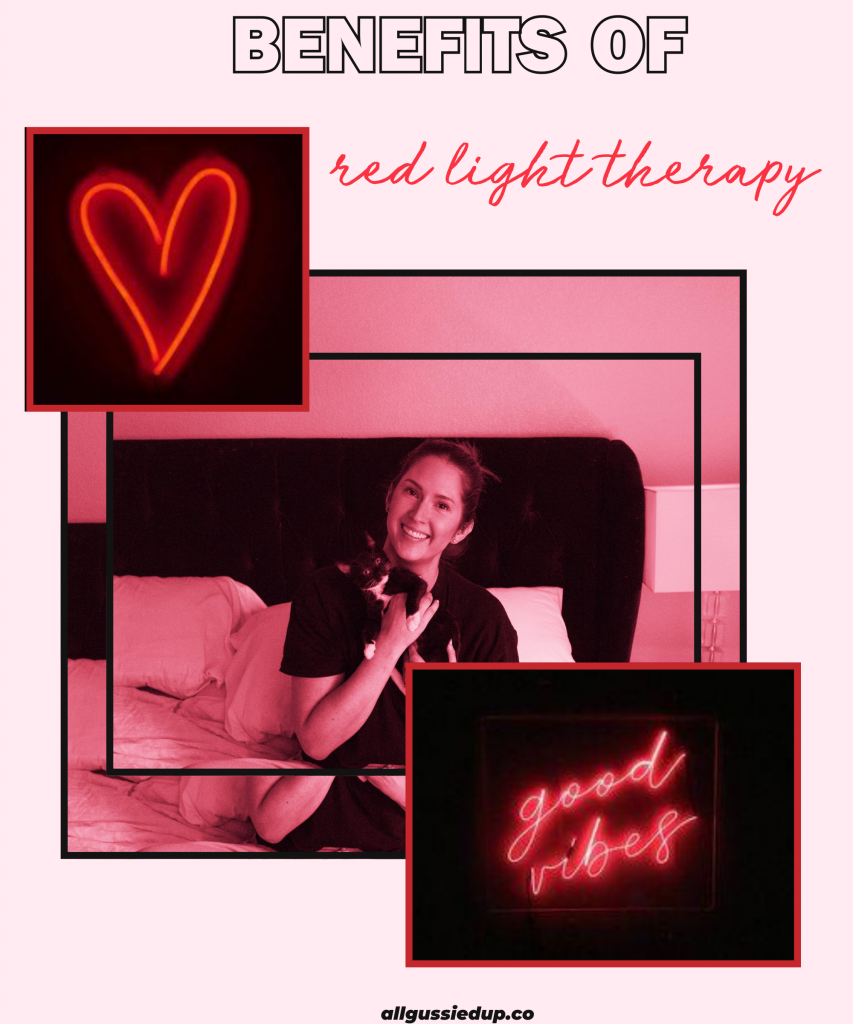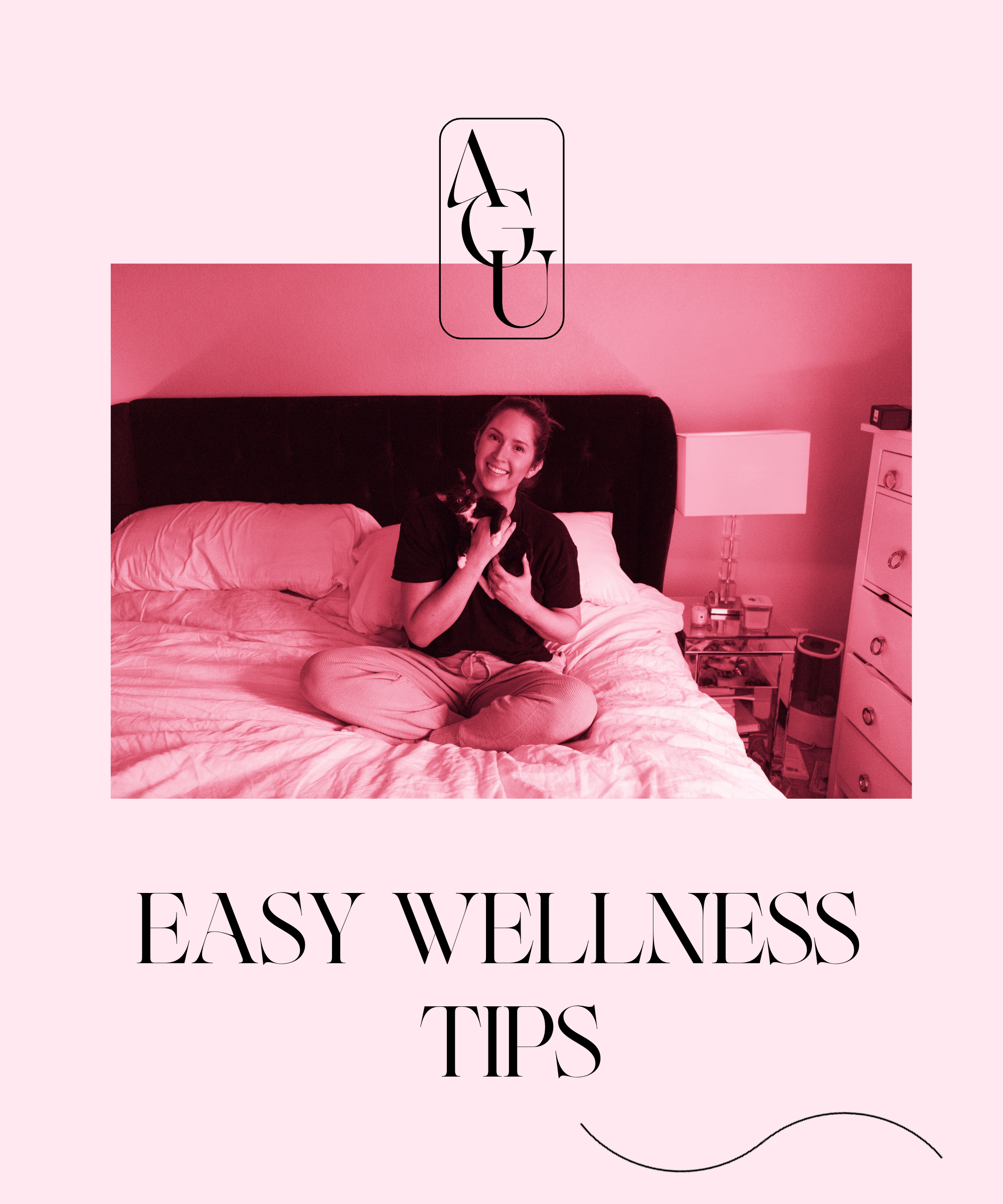
Wow wow wow…LIGHT is such a huge topic…especially for me recently. It all started when I listened to Matt Blackburn’s podcast episode about the changes he would make if he had cancer (edit to read: HOW TO NOT GET CANCER) <– but we know of the censorship that goes on. Zipping my lips on that now.
Anyway, in Matt’s podcast episode he spent quite awhile discussing light and how it affects our cells, our eyesight, and our circadian rhythm. Much of the information I had no idea about, such as how bad most LED lights are for humans (and animals, too), and how red light can benefit everyone. I will be writing a whole blog post on light another time, but today we are focusing in on red light.
So let’s break it down and get into specifics.
What is red light therapy?
Red light therapy is also known as RLT, photobiomodulation (PBM), low level light therapy (LLLT), biostimulation, and photonic stimulation or light box therapy.
Red light therapy uses specific wavelengths of light to accomplish various outcomes.
Studies have shown that different wavelengths affect the body in different ways, and the most effective wavelengths of red light seem to be between 650-850 nm.
How Does Red Light Therapy Work?
These specific wavelengths of red light create a biochemical affect in our cells that serves to increase mitochondrial function. This improves ATP (adenosine triphosphate) production in the body.
Why should that matter?
ATP is the source of energy for every cell in the body. Without it, we don’t function at all. Without enough of it, we don’t function well.
When your red light(s’s wavelengths range is between 650-850, the light penetrates about 8-10 millimeters into the skin which can positively affect all skin layers, blood vessels, lymphs, and hair follicles. {via}
The History of red light therapy
Red light therapy is not new, but it wasn’t really talked about in the US for a long time. In 1903, a Nobel Prize of Medicine was given to a scientist by the name of Niels Finsen for the use of light therapy; once known as photo therapy. Research progressed and by the 1960s photo therapy – was being used primarily in Eastern Europe for treatment of chronic pain, arthritis and associated conditions, joint rehabilitation, and soft-tissue injury along with other medical ailments. During this same time this therapy was being used in a small sector of the United States by equestrian practices for animals with joint and soft tissue injury. When I was researching the history of red light therapy, I saw that there are many studies done in Russian that have not been translated to English and aren’t really shared in the US.
The benefits of red light therapy
These are all evidence-based benefits:
♡ Beneficial for skin to reduce eczema, rosacea, and acne
♡ Stimulates slow healing wounds.
♡ Helps fade scars and stretch marks.
♡ Can prevent recurring cold sores, or herpes simplex.
♡ Red light activates the lymphatic system for potentially improved detoxification.
♡ It helps to repair sun damage.
♡ Helps with sleep.
Personally I have noticed that I am getting WAY better sleep and I feel more energized in the morning using red light bulbs. The only lights in our bedroom are red, so if the lights are on, they are red and we only use them at night and just allow the natural sunlight to provide light during the day.
I also feel so much more relaxed at night. Red light is so much less jarring than bright lights and I really noticed the contrast when I went in to another room after being in red light flooded bedroom. It was a JOLT, let me tell you. Since then, we have replaced all light bulbs to either red or yellow. More on that when I share more about light in general.
Where to get red lights
Red light therapy usually refers to using a panel of red light, although you can purchase red light bulbs that will provide many of the same benefits as using a panel.
There are many options for an at home red light therapy device (panel) but after doing quite a bit of research, GembaRed is superior.
If you’re looking to purchase red light bulbs, avoid LED lights and go for A19 bulbs. Unfortunately home improvement stores such as Home Depot and Lowes don’t always carry this kind of light bulb but you can find them on lightbulbs.com which is where I purchase all of our bulbs. Here are the ones that we use in the bedroom. No dirty electricity/EMFs from these lights.
Have you used red light therapy? What are your thoughts?
xo, Lynn
More sources:





Leave a Reply